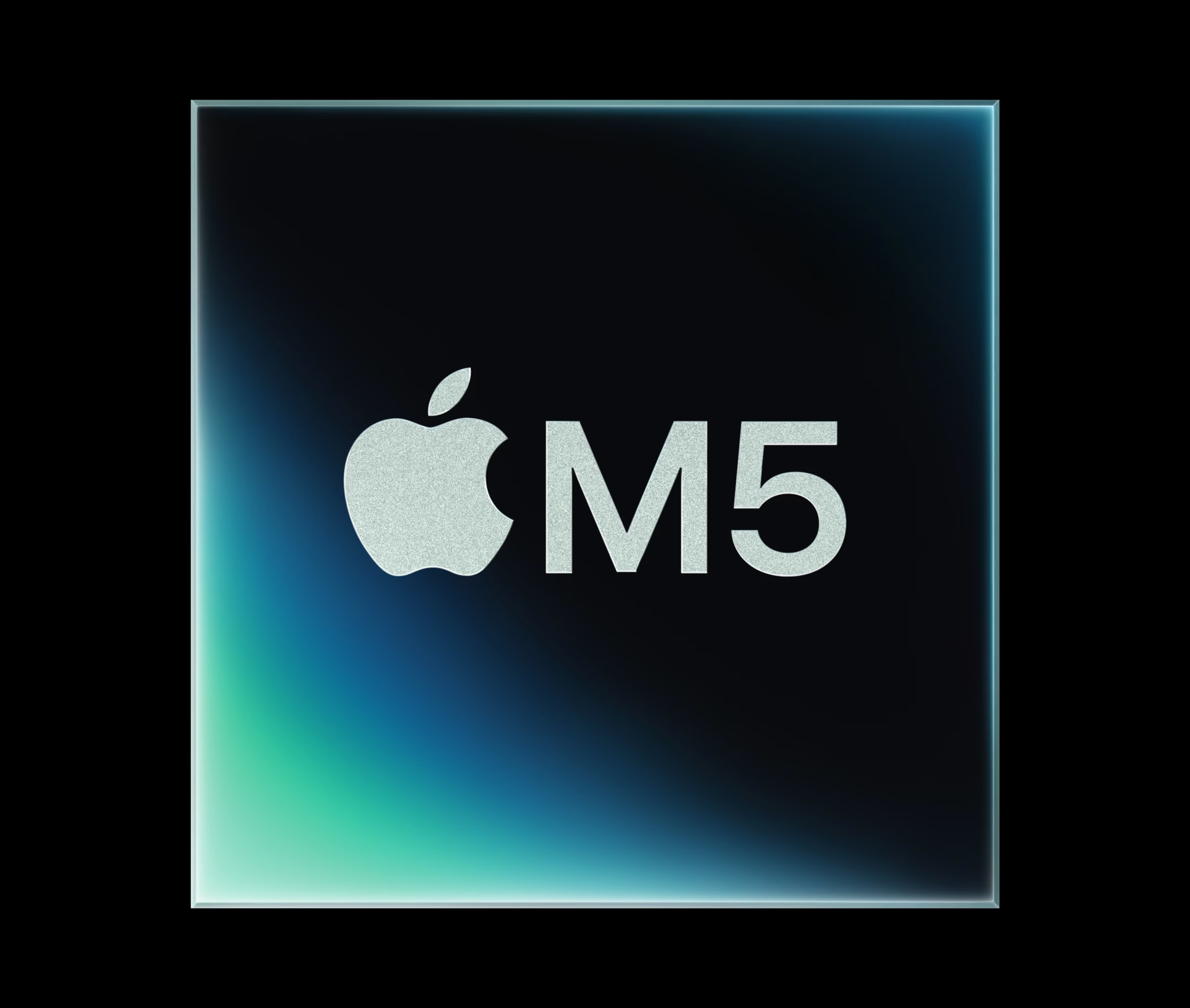Apple's M5 Chip Ushers in New Era of On-Device AI Performance
Apple has officially pulled back the curtain on its fifth-generation Apple Silicon, the formidable M5 chip, marking a significant leap forward in both computational power and, crucially, artificial intelligence capabilities. Unveiled on October 14, 2025, this 3nm marvel boasts a 10-core CPU and a 10-core GPU, promising a staggering 4x peak GPU performance increase for AI workloads over its M4 predecessor, alongside a 45% graphics uplift for general tasks. It's a statement, really, on where Apple sees the future of personal computing heading.
The M5 is set to power a host of Apple's flagship devices, starting with the updated 14-inch MacBook Pro, the redesigned 11-inch and 13-inch iPad Pro models, and even an enhanced Apple Vision Pro. This isn't just an incremental update; it's a re-assertion of Apple's commitment to silicon leadership, designed to handle the increasingly demanding world of generative AI and pro-level creative workflows directly on your device. Pre-orders are already underway, having kicked off the same day as the announcement, with general availability slated for October 22, 2025. Looks like a busy week for Apple Store employees, doesn't it?
Under the Hood: A Leap in Graphics and AI Processing
Delving into the M5's architecture reveals a sophisticated design built on TSMC's advanced 3nm process node. This process alone brings inherent efficiencies, but Apple has optimized it further. The 10-core CPU configuration, consisting of 6 high-performance cores and 4 efficiency cores, is clocked to reach speeds of up to 4.5GHz. Apple claims this setup delivers a 30% faster multi-threaded CPU performance compared to the M4. That's a noticeable bump for anyone crunching big numbers or compiling complex code.
But where the M5 truly shines is its graphical and AI prowess. The 10-core GPU comes packed with hardware-accelerated ray tracing and mesh shading, which are critical for photorealistic rendering in games and professional 3D applications. This isn't just about pretty visuals; the 45% graphics uplift over the M4 means faster rendering in applications like Final Cut Pro and Logic Pro, making a real difference for content creators.
However, the star of the show has to be the 32-core Neural Engine. Capable of delivering up to 38 TOPS (trillions of operations per second), it's the engine behind that "4x peak GPU performance for AI" claim. This massive boost is engineered specifically for on-device machine learning tasks. Think real-time image generation, complex video analysis, or running large language models locally without needing to offload data to the cloud. This emphasis on on-device AI processing is a strategic move, giving users greater privacy and often quicker results. The chip also supports Thunderbolt 5, Wi-Fi 7, and AV1 decoding hardware, future-proofing connectivity and media consumption. It's an all-around upgrade, isn't it?
Powering the Future: New Devices and Accessibility
The M5 chip will make its debut across some of Apple's most premium devices, fundamentally enhancing their capabilities. The 14-inch MacBook Pro, starting at $1,599 for its base configuration (16GB RAM, 512GB storage), will benefit immensely from the M5's processing power, especially for professional users. Just imagine what video editors will be able to do.
The iPad Pro lineup also gets a significant refresh. Both the 11-inch model, beginning at $799, and the 13-inch variant, starting at $1,099 (both with 8GB RAM and 256GB storage), are now armed with the M5. This pushes the iPad Pro further into desktop-class performance territory, blurring lines between tablets and laptops, particularly for creative professionals and those leveraging AI tools in iPadOS.
Perhaps most interestingly, the updated Apple Vision Pro will also integrate the M5. Starting at $3,499 (16GB RAM, 1TB storage), this spatial computing device will undoubtedly leverage the M5's enhanced AI and graphics performance for more immersive and responsive augmented and virtual reality experiences. The global rollout for these devices begins on October 22, though some Asia-Pacific regions might see a slight delay until October 24 due to logistics.
Expert Takes and Market Impact
Initial reactions from industry analysts and the tech community have been largely positive, albeit with some familiar caveats. Tech analyst Ming-Chi Kuo highlighted the impressive 4x AI GPU boost, though he noted that real-world thermal performance in base configurations would need close monitoring. Others, like AnandTech, deemed the M5 "a solid evolution," particularly praising the 45% graphics gains for creators, even if it wasn't a "revolutionary" jump compared to the M4 for all use cases.
The M5's focus on AI is a clear indicator of Apple's strategy to compete with rivals like Qualcomm's Snapdragon X Elite and Intel's Lunar Lake chips, both of which are also heavily emphasizing on-device AI. Analysts are predicting that the M5 could boost Apple's PC market share by 5-7% in 2026, largely due to its robust on-device AI processing capabilities. This isn't just about speed; it's about making AI more accessible, private, and efficient for everyday users and professionals alike. Plus, with up to 25% better battery life in graphics tasks, it addresses one of the perennial concerns for power users. It truly does feel like a "new era," as Apple puts it.
